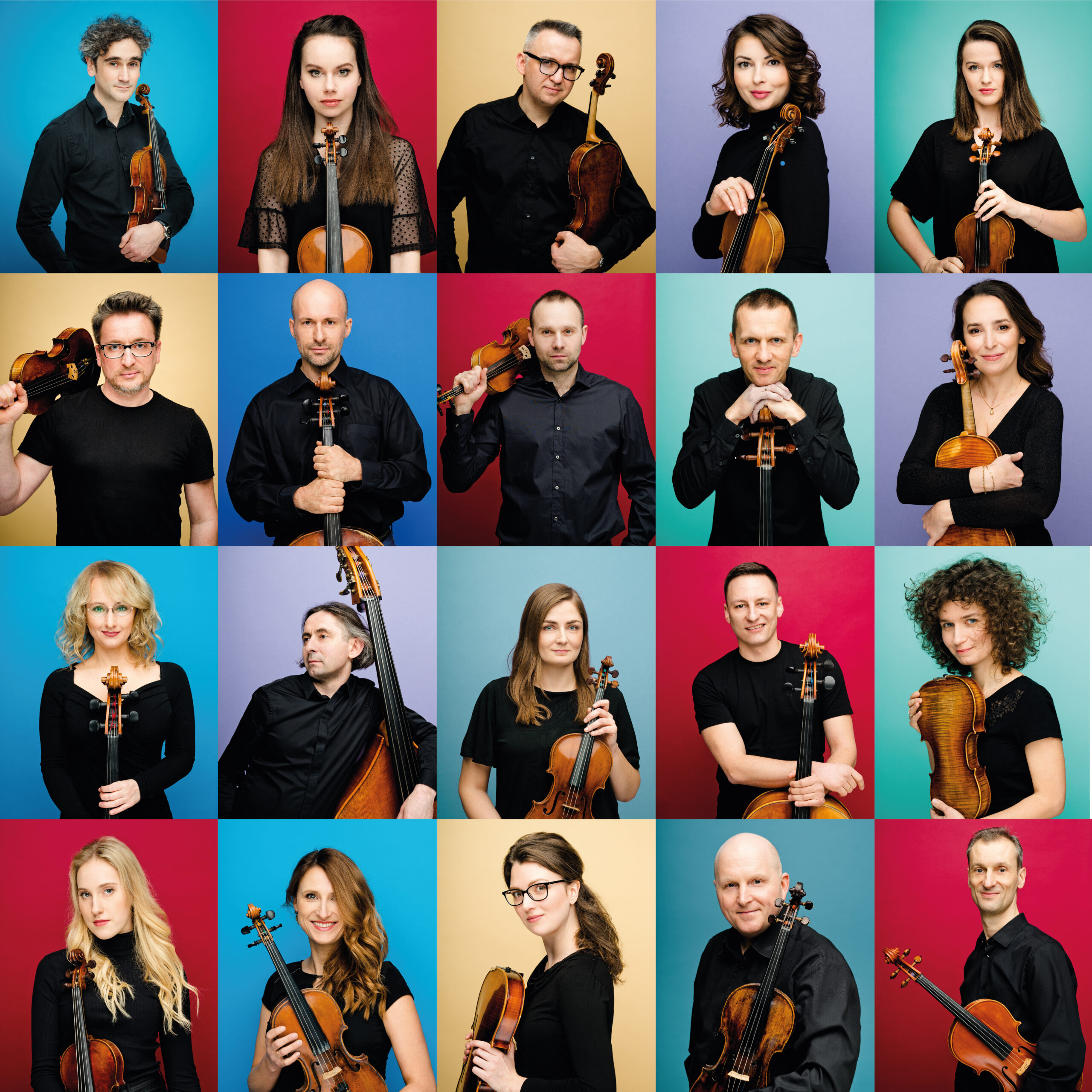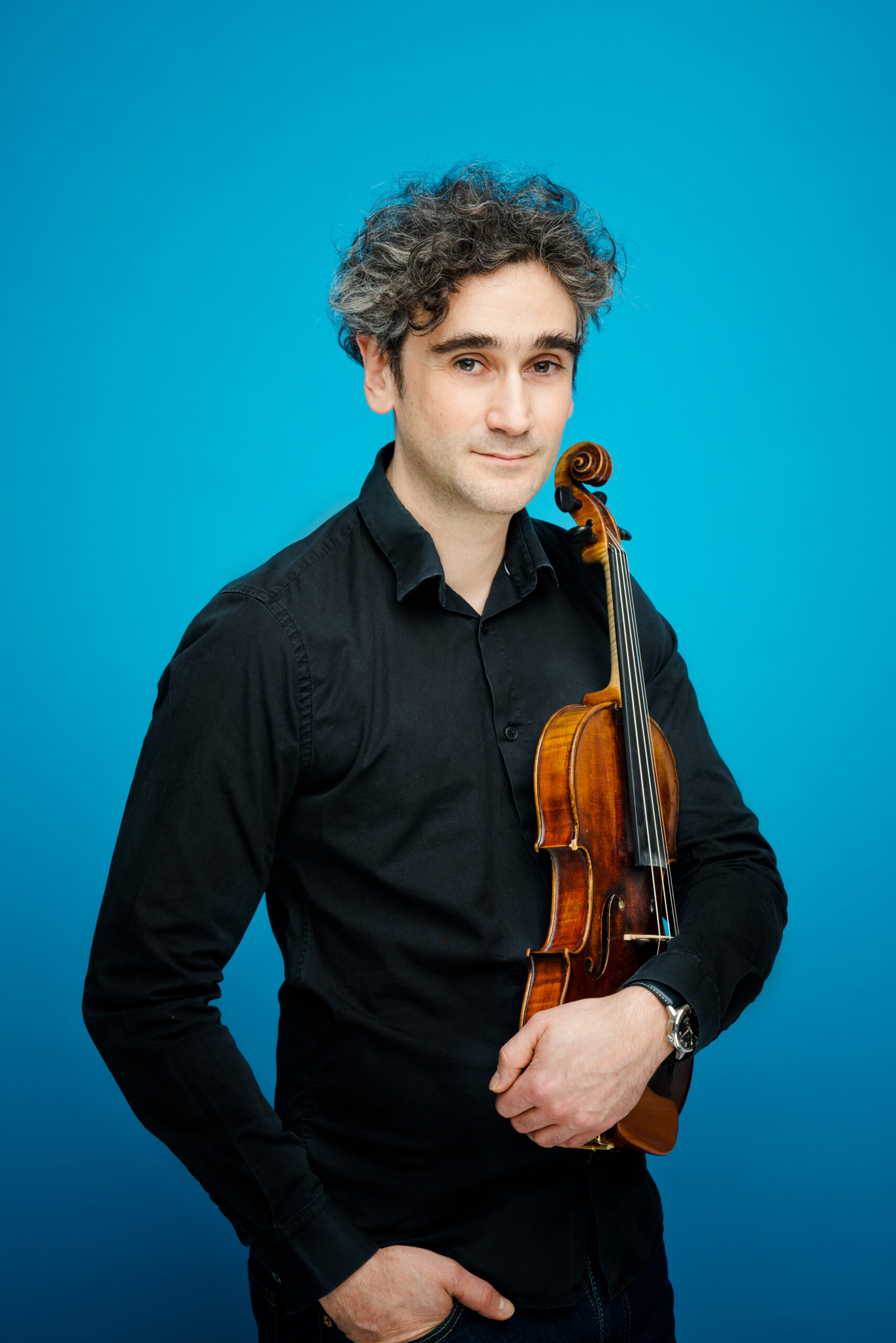Performers
- The NFM Leopoldinum Orchestra
- Christian Danowicz violin, concertmaster
Programme
Wolfgang Amadeus Mozart Serenade in D major Serenata notturna, KV 239 [13’]
I. Marcia: Maestoso
II. Menuetto
III. Rondeau: Allegretto – Adagio – Allegro
Mikołaj Piotr Górecki Concerto-Notturno, Op. 13 for violin and string orchestra [16’]
I. Lento
II. Allegro
III. Molto lento
Arnold Schönberg Verklärte Nacht (Transfigured Night), Op. 4, version for string orchestra [30’]
Concert description
The word notturno (“nocturnal”) is often associated with the nocturne, a piano composition genre. It is, however, a designation that had been applied to musical pieces long before piano nocturnes existed. Wolfgang Amadeus Mozart wrote over ten serenades meant for entertainment and often performed in the open air. Two of them are referred to as notturno, and the most famous one was dubbed A Little Night Music. The Serenade in D major for strings and timpani comprises three movements meant for dancing. The first is an elegant march, the second a somewhat sluggish minuet. The third movement makes no reference to a specific dance, but displays a joyful and lively character.
In Mikołaj Piotr Górecki’s Concerto-Notturno, the mood of the night is evoked by the initial and final parts, both lyrical and soothing. The central movement is an opportunity for the soloist to shine and can be seen as a depiction of a disturbing dream.
A nightmare is definitely the experience of the protagonist of Robert Dehmel’s poem, the very same one that inspired Arnold Schönberg’s Verklärte Nacht. In it, the woman confesses to her husband that she is carrying another man’s child. Her beloved one, however, forgives her, and the night surrounding the two gives way to the light of dawn.
Dominika Micał, “Ruch Muzyczny”





